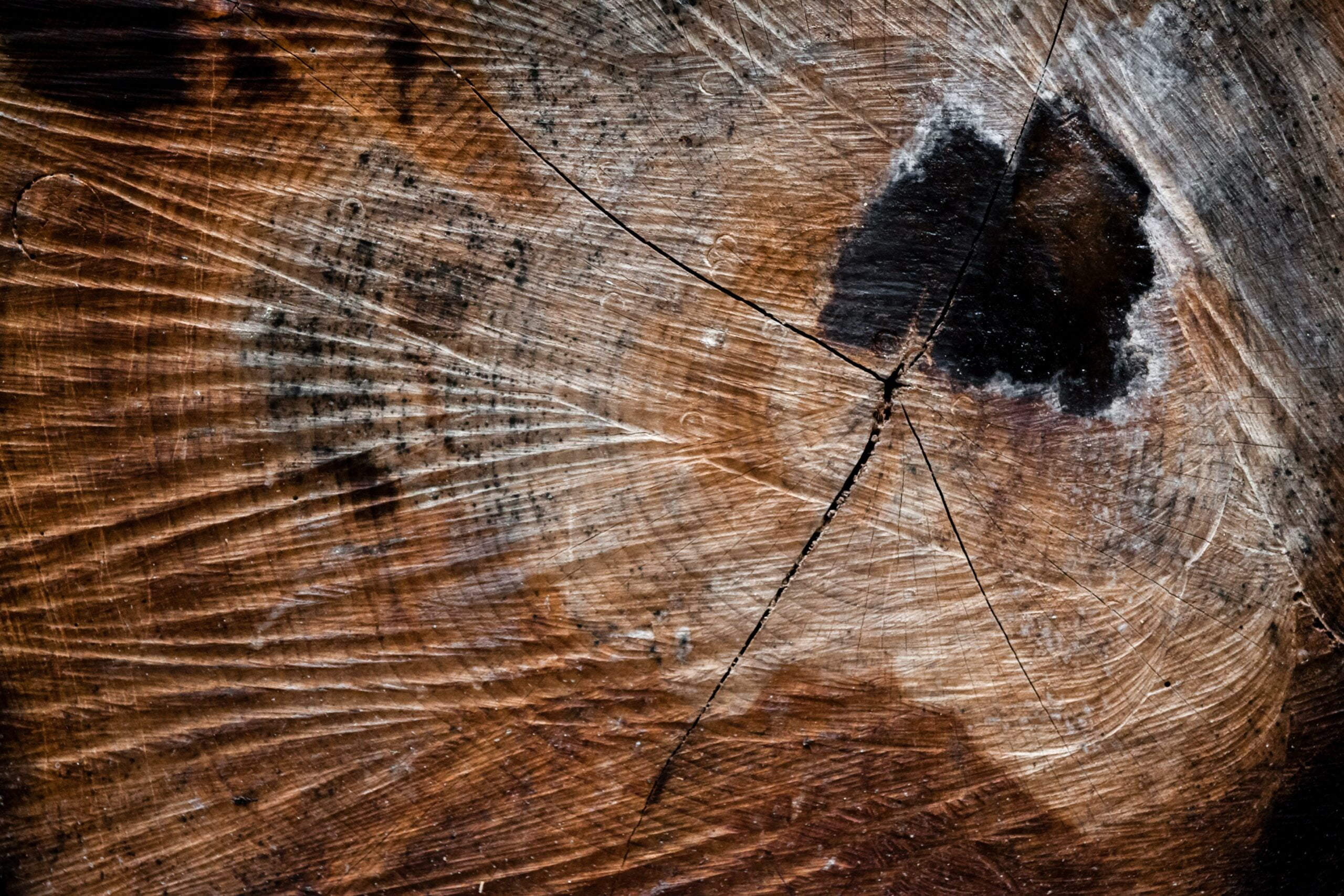If you’ve ever wondered about the mysterious world of keloid scars, get ready to uncover some truly fascinating insights. In this article, we delve into the depths of this unique skin condition, shedding light on intriguing facts that are bound to astonish you. From the science behind keloid formation to the latest treatment options, we’re here to unravel the enigma surrounding these notorious scars. So, brace yourself for a journey that promises to challenge your preconceived notions and leave you with a newfound appreciation for the intricacies of keloid scars. Get ready to discover a whole new perspective on this captivating subject!

Interesting Facts about Keloid Scars
Keloid scars, as intriguing as they are, hold a plethora of interesting facts that may surprise you. Let’s dive into these fascinating insights about keloid scars, shedding light on their characteristics, causes, and treatments. So, buckle up and get ready to expand your knowledge on this unique skin condition!
1. Keloid Scars and Ethnicity
Did you know that keloid scars are more commonly found in highly pigmented ethnic groups compared to white individuals? It’s true! Research has shown that people with darker skin tones, such as those of African, Asian, or Hispanic descent, are more prone to developing keloids. This may be attributed to various factors, including genetic predisposition, increased collagen production, and specific skin characteristics. So, if you belong to one of these ethnic groups, it’s important to be aware of the potential risk and take necessary precautions.
2. Albinism and Keloid Scars
Interestingly, keloid scars are rarely seen in individuals with albinism. Albinism is a genetic condition that leads to a lack of skin pigmentation. While the exact reason behind this observation is not fully understood, it highlights the complex interplay between melanin, the pigment responsible for skin color, and the formation of keloids. This intriguing fact emphasizes the need for further research to unravel the mysteries surrounding keloid scars and their connection to pigmentation.
3. The Characteristic Features of Keloid Scars
Keloid scars can be easily recognized by their distinctive features. Unlike regular scars, keloids are hard, smooth, raised growths that extend beyond the boundary of the original skin injury. Imagine a fascinating work of art sculpted not by an artist, but by your own body! These unique scars can vary in size and shape, with some growing much larger than the original wound. Fascinating, isn’t it?
“Keloid scars are like nature’s sculptures, extending beyond the confines of their artistic canvas.”
4. Keloid Scars and Their Symptoms
Not only are keloid scars visually captivating, but they can also cause discomfort. Many individuals with keloids experience pain, itching, and burning sensations. It’s like having an unpredictable orchestra of sensations playing on your skin. These symptoms can be bothersome and affect daily life. Therefore, understanding the characteristics and effective management techniques become essential for those who live with keloid scars.
5. Prone Areas and Keloid Scars
While keloids can form on any part of the body, there are certain areas that are more prone to their development. Body parts with increased skin or muscle tension, such as the chest, shoulders, upper back, and earlobes, are particularly susceptible. It’s as if these areas are more susceptible to nature’s rebellious artistic expressions. So, if you have a tendency to develop keloids, keep a close eye on these vulnerable spots and seek timely intervention when needed.
6. The Role of the AHNAK Gene
Ah, genetics – that fascinating code that shapes us in ways we’re only just beginning to understand. Studies have suggested that a specific gene called AHNAK may play a role in determining who develops keloid scars. This gene is involved in skin repair and plays a crucial role in the production of collagen, a key component of scar formation. By unraveling the mysteries of our genetic blueprint, we may eventually unlock new avenues for preventing or treating keloid scars.
7. Cosmetic Concerns and Keloid Scars
Here’s a relief for those worried about the impact of keloid scars on their health. While keloids are not harmful to your overall well-being, they can cause cosmetic concerns. The conspicuous appearance of keloids, especially when they grow larger than the original wound, may affect one’s self-esteem and body image. However, it’s important to note that beauty comes in all forms, scars included, and acceptance of oneself can empower individuals to embrace their uniqueness.
“Keloid scars may be seen as badges of resilience, telling a story of our body’s remarkable ability to heal.”
8. Treating Keloid Scars
Now, let’s shine a light on the various treatment options available for keloid scars. From natural remedies to medical interventions, several approaches can be employed depending on the severity and individual preferences. Natural remedies like silicone gel sheets, onion extract, and corticosteroid creams have shown some effectiveness in reducing keloid size and symptoms. Medical interventions such as corticosteroid injections, cryotherapy, laser therapy, and surgical removal can also be considered. Each treatment option has its pros and cons, and it’s essential to collaborate with a healthcare professional to determine the best course of action for you.
9. Aftercare and Keloid Scar Prevention
Prevention is better than cure, and when it comes to keloid scars, aftercare plays a vital role in minimizing their development or recurrence. Proper wound care, using silicone sheets or gels, avoiding unnecessary skin tension, and protecting the wound from excessive sun exposure are some key measures to employ during the healing process. By incorporating these simple yet effective steps, you can promote healthy skin healing and reduce the risk of keloid formation.
10. A Final Word
Keloid scars, with their captivating characteristics and intriguing formation, continue to draw the attention of experts and individuals alike. While our understanding of this complex skin condition is still evolving, these fascinating facts provide valuable insights into keloids. From the role of genetics and ethnicity to the importance of aftercare, each facet adds a brushstroke to the canvas of knowledge.
“Keloid scars, though enigmatic and at times challenging, offer endless possibilities for insight and discovery.”
So, the next time you encounter a keloid scar, take a moment to appreciate its uniqueness and the stories it may hold. After all, these scars are a testament to the remarkable resilience of our bodies.
Now, armed with these intriguing facts, you can navigate the terrain of keloid scars with a deeper understanding and share your newfound knowledge with others.
Feel free to explore, learn, and embrace the fascinating world of keloid scars!
Keloid scars are a fascinating topic to delve into. Did you know that they are an abnormal response to skin injuries, typically forming as raised, firm, and shiny scar tissue? These scars can occur anywhere on the body and are more common in people with darker skin tones. If you’re curious to learn more fun facts about keloid scars, click here.
Now, let’s dive into another intriguing aspect of keloid scarring. Did you know that genetics play a significant role in determining who is more prone to developing keloids? Studies have shown that certain individuals inherit a predisposition to forming excessive scar tissue. To discover additional captivating insights about keloid scars, click here.
As we venture further into the realm of keloid scars, it’s intriguing to note that they can often be accompanied by discomfort and itchiness. For those curious souls who desire to uncover more intriguing details about keloid scars and their associated symptoms, click here.
The world of keloid scars is filled with captivating peculiarities. Did you know that these scars can grow larger than the original wound and sometimes expand beyond its boundaries? If you’re enticed to explore a myriad of intriguing tidbits about keloid scars, click here.
FAQ
Q: Are keloid scars more common in certain ethnic groups?
A: Yes, keloid scars are more common in highly pigmented ethnic groups compared to white people.
Q: Can individuals with albinism develop keloid scars?
A: No, keloid scars are rarely seen in individuals with albinism.
Q: How can keloid scars be characterized?
A: Keloid scars are characterized by hard, smooth, raised growths that extend beyond the boundary of the original skin injury.
Q: What are some symptoms associated with keloid scars?
A: Keloid scars can cause pain, itching, and burning.
Q: Which areas of the body are more prone to keloid scars?
A: Certain areas of the body, particularly those with skin or muscle tension, are more prone to keloid scars.
- Jerry McSorley’s Post-Divorce Life: New Beginnings - July 16, 2025
- The Rise and Fall of the New Haven Nighthawks: A Minor League Hockey Legacy - July 16, 2025
- Unlock Jerry McSorley’s Career Highlights: Eye Tax Inc.’s Solar Success - July 16, 2025
















